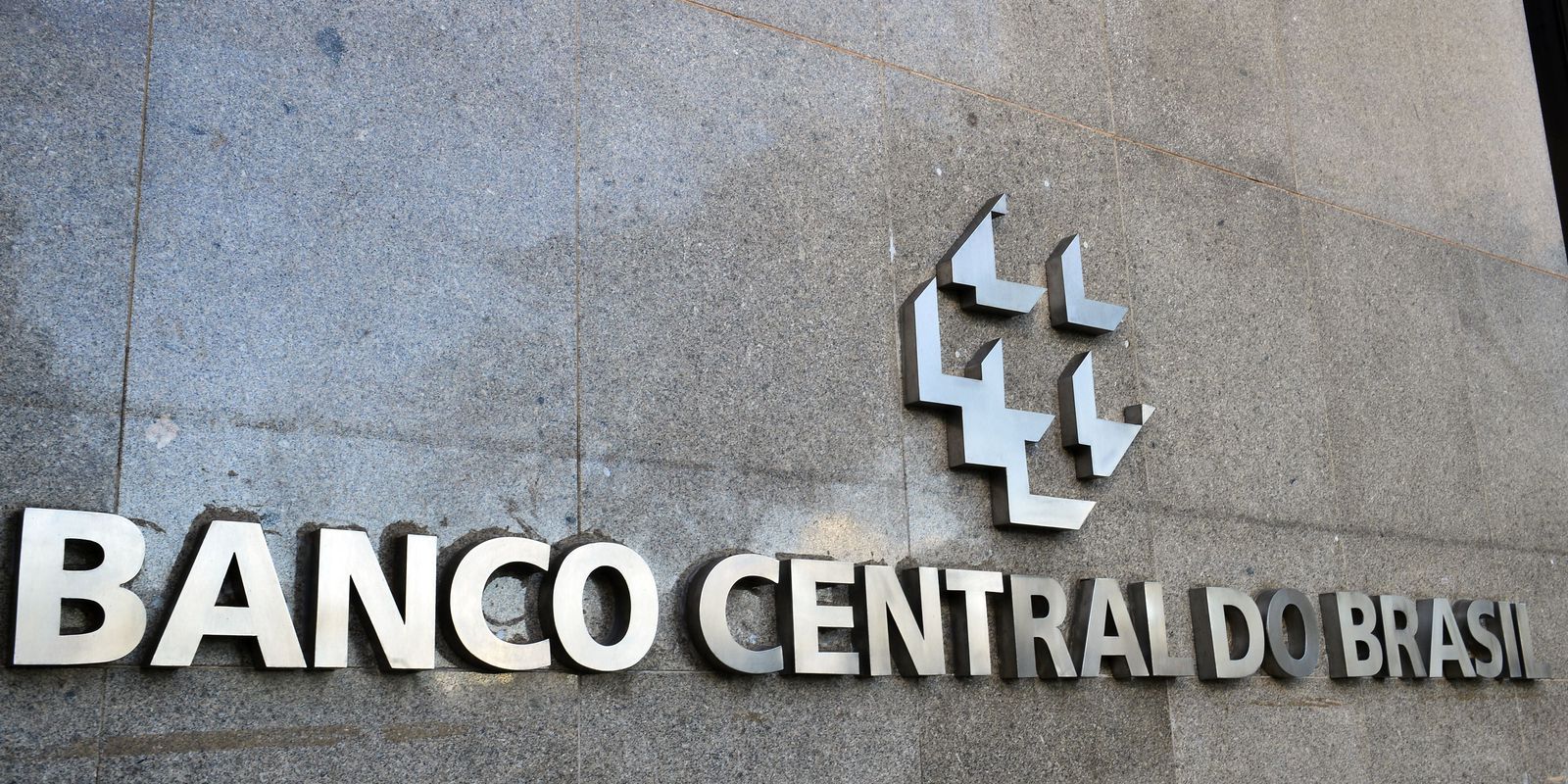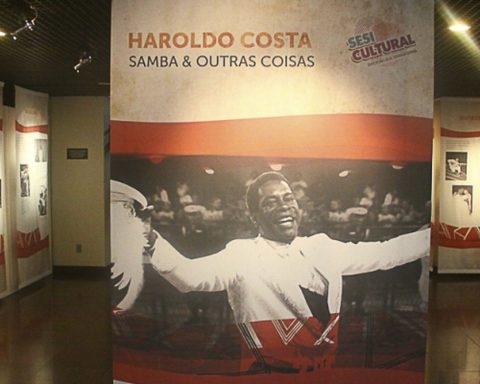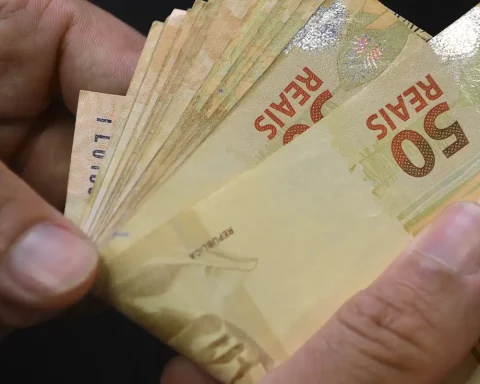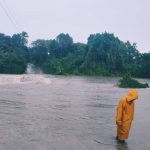Despite the slowdown in the economy and pressure from the government, the Central Bank (BC) did not change interest rates. Unanimously, the Monetary Policy Committee (Copom) maintained the Selic rate, the economy’s basic interest rate, at 13.75% per annum. The decision was expected by financial analysts.
In a statement, the Copom informed that the international environment has deteriorated since the last meeting of the body, with banks in the United States and Europe in trouble and with inflation in most countries not yielding. In the domestic economy, the slowdown continues, with inflation above the target ceiling. The text mentions uncertainties in relation to the future fiscal framework being elaborated by the government, but praises the recent partial reencumbrance of gasoline and ethanol.
“On the one hand, the recent increase in fuel costs has reduced the uncertainty of short-term fiscal results. On the other hand, the conjuncture, marked by high volatility in the financial markets and inflation expectations that are unanchored in relation to the targets in longer horizons, demands greater attention in the conduction of the monetary policy”, highlighted the communiqué. “In this scenario, the Copom reaffirms that it will conduct the necessary monetary policy to meet the targets.”
The rate remains at the highest level since January 2017, when it was also at 13.75% per annum. This was the fifth time in a row that the Central Bank did not change the rate, which has remained at this level since August last year. Previously, the Copom raised the Selic rate 12 times in a row, in a cycle that began amid rising food, energy and fuel prices.
From March to June 2021, the Copom raised the rate by 0.75 percentage points at each meeting. At the beginning of August of the same year, the Central Bank began to increase the Selic rate by 1 point at each meeting. With the rise in inflation and the worsening of tensions in the financial market, the Selic was increased by 1.5 points from October 2021 to February 2022. Last year, the Copom promoted two increases of 1 point, in March and May, and two increases of 0.5 points, in June and August.
Before the beginning of the upward cycle, the Selic had been reduced to 2% per year, at the lowest level of the historical series, which began in 1986. Due to the economic contraction generated by the covid-19 pandemic, the Central Bank had overthrown the tax to stimulate production and consumption. The rate was at the lowest level in history from August 2020 to March 2021.
Inflation
The Selic is the Central Bank’s main instrument for keeping official inflation under control, as measured by the Extended National Consumer Price Index (IPCA). In February, the indicator closed at 5.6% in the accumulated of 12 months . Since the end of last year, inflation has been rising because of food, the partial reversal of tax exemptions on fuel and typical increases at the beginning of the year, such as spending on education and health.
The index closed last year above the ceiling of the inflation target. For 2023, the National Monetary Council (CMN) set an inflation target of 3.25%, with a tolerance margin of 1.5 percentage points. The IPCA, therefore, could neither exceed 4.75% nor remain below 1.75% this year.
At the Inflation Report released at the end of December by the Central Bank, the monetary authority estimated that the IPCA would close 2023 by 5% in the baseline scenario. The projection, however, may be revised in the new version of the report, which will be released at the end of March.
Market forecasts are less optimistic. According to the bulletin Focusa weekly survey of financial institutions and released by the Central Bank, official inflation should close the year by 5.75%. A month ago, market estimates were at 5.89%.
most expensive credit
Raising the Selic rate helps to control inflation. This is because higher interest rates make credit more expensive and discourage production and consumption. On the other hand, higher rates make it harder for the economy to recover. In the last Inflation Reportthe Central Bank projected 1% growth for the economy in 2023.
The market projects lower growth. According to the latest edition of the bulletin Focuseconomic analysts predict expansion of 0.88% of the Gross Domestic Product (GDP, sum of goods and services produced by the country) this year.
The basic interest rate is used in the negotiation of government securities in the Special System for Liquidation and Custody (Selic) and serves as a reference for other interest rates in the economy. By readjusting it upwards, the Central Bank holds back the excess demand that puts pressure on prices, because higher interest rates make credit more expensive and stimulate savings.
By reducing basic interest rates, the Copom makes credit cheaper and encourages production and consumption, but weakens inflation control. To cut the Selic, the monetary authority needs to be sure that prices are under control and are not at risk of rising.
* Article amended at 6:49 pm to insert Copom communiqué














